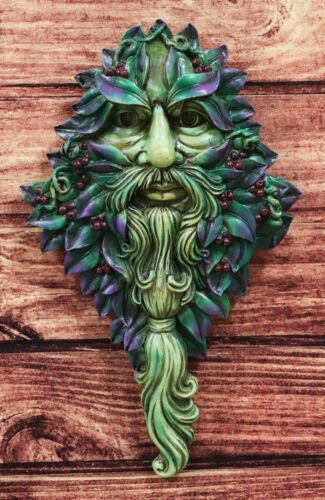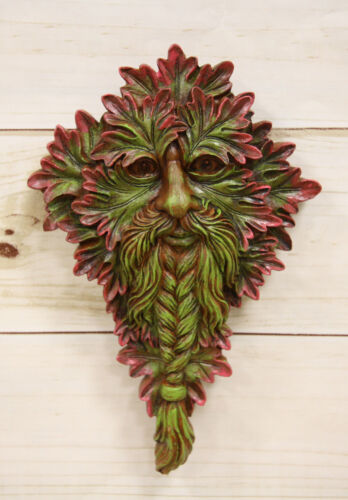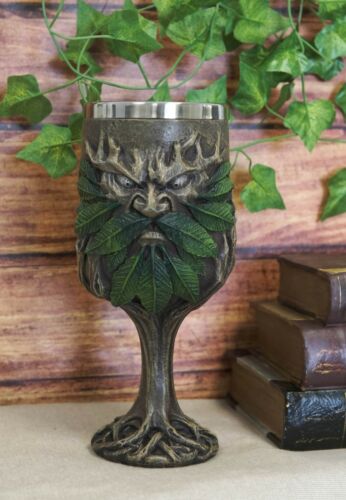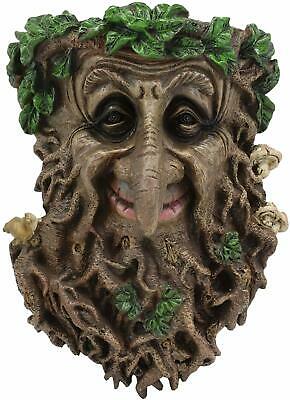-40%
Celtic Irish Scottish Knife Sgian Dubh Dirk Dagger Knot Work Blue Jewel Gift Box
$ 5.26
- Description
- Size Guide
Description
Celtic Irish Scottish Knife Sgian Dubh Dirk Dagger Knot Work Blue Jewel Gift BoxSgian Dubh
Knot Work
Dirk Dagger
Celtic Dress Dirk
Attractive in a nice gift box!
Perfect for the Society of Creative Anachronism!
Condition
: New
Legal Disclaimer
:
By bidding on or purchasing this item, you certify that you are over the age of 18 and are in compliance with your state and local laws regarding this item. Survivors Edge, LLC will not be responsible for the illegal purchase, illegal use, or unsafe use of the product.
Sheathed Size
: 6 3/4"
Blade Length
: 3 1/2" single edge (false edge on top of blade)
Features
: faux blue jewel in pommel
Includes
: Sheath
We also have Celtic jewelry, pocket watches, belt buckles, lighters, presentation gift knives, pocket knives, and many other Celtic themed items in our store.
If you're a fan of all things Gaelic or of true Scottish blood, you will enjoy this fine piece! This replica Scottish dirk features a stainless steel 3 1/2" blade. The handle offers solid steel construction with a twisted design. The pommel is an inset faux blue jewel that gives the replica dagger a very appealing look.
This dirk measures 6 3/4" overall and includes a coordinating hard composite sheath.
The Sgian Dubh (pronounced "skee(a)n doo", /ski:n du:/, or lightly diphthongised /ski?n/) is a ceremonial dagger (Gaelic sgian) worn as part of the modern Scottish Highland dress along with the kilt. It is worn tucked into the hose with only the pommel visible.
Dirk is a Scots word for a long dagger; sometimes a cut-down sword blade mounted on a dagger hilt, rather than a knife blade. The word dirk could have possibly derived from the Gaelic word sgian dearg (red knife). It may also have been a corruption of the Low German terms Dulk or Dolk. The shift from dearg [????r?g] to dirk [d?rk] is very minimal.
In Bronze Age and Iron Age Scotland and Ireland, the dirk was actually considered to be a sword. Its blade length and style varied, but it was generally 8-14 inches. However, the blades of Irish versions often were as much as 21 inches in length.
In medieval Scotland, the dirk was a backup to the broadsword, and was wielded by the left hand while the scabbard was carried on the arm. Dirks were used to swear an oath upon in Celtic cultures. After the Battle of Culloden, the British government troops were aware that the Highlanders normally swore on their dirks, so, to prevent future uprisings or rebellions against the throne, they made them swear on oath never to "possess any gun, sword, or pistol, or to use tartan: "... and if I do so may I be cursed in my undertakings, family and property, may I be killed in battle as a coward, and lie without burial in a strange land, far from the graves of my forefathers and kindred; may all this come across me if I break my oath." Nearly every Scottish male at the time of the oath had a dirk. This was because most Scots were too poor to buy a sword. The dirk was small and was carried everywhere the owner went. The dirk was worn in plain view suspended from a belt at the waist.
Another shorter dagger tucked into a coat sleeve or stocking as part of Highland dress is known as a Sgian Dubh, derived from the arm pit dagger or sgian achlias. To this day, a real or false dirk is sometimes worn as a part of traditional Scottish costume.
In addition to these traditional weapons, other styles of dirk were worn by European and American forces on land and sea. Easier to carry than swords, dirks gained favor as lighter side arms among many military and naval officers during the 17th through 19th centuries. In some navies, they continued to be worn by midshipmen and cadets well into the 20th century. Numerous examples of naval dirks have survived from the earlier age of sail, some with histories of use during naval engagements. Most naval dirks were worn primarily on dress occasions, however, and consequently although attractive many were not designed for use in battle.
Naval and other dirks were commonly made with either double-edged or single-edged blades, and there was no standard blade configuration. Reference books covering naval dirks invariably show the popularity of both blade types. As a consequence, historically there were about as many naval dirks mounting single-edged blades as those with double-edged blades. Some dirks have single-edged blades that also have a false edge near the tip, a feature that could be useful in a back cut.
Other meanings of 'dirk' as a weapon are
a side arm worn by officers, midshipmen, and cadets of the world's navies.
a short-bladed weapon used in the Middle Bronze Age (c. 1500-1100 BC).
a thrown weapon, as opposed to a melee weapon.
a short dagger used by Pirates.
a small, straight-bladed dagger carried for personal protection.
In the USA, 'dirk' is a word used in the knife laws of several states. While it generally means any double-edged knife, the legal meaning may vary from state to state.
Buy more at
eBay PatchesAndStickers
and
eBay SurvivorsEdge
.
United States Marine Corps USMC Items, Firefighter First Responders Search and Rescue Law Enforcement Gear, Camping Hiking World Travel Gear, Arkansas Sharpening Stones, Survival Knives, Karambit Knives, Polymer Knives, Cigar and Tobacco Pipe Accessories. SurvivorsEdge is a Service-Disabled Veteran-Owned Small Business (SDVOSB).












